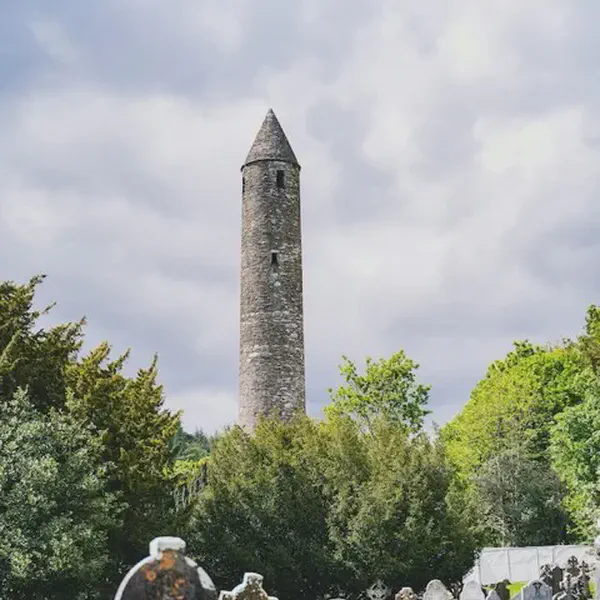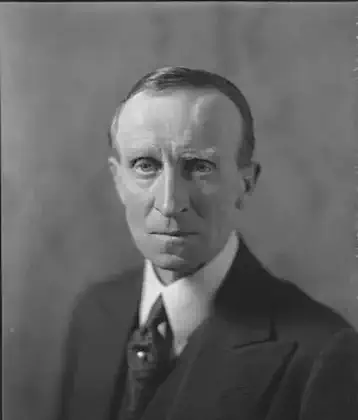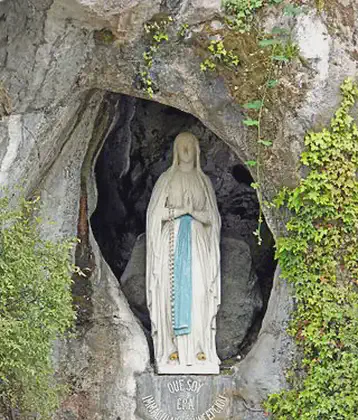On February 11, 1800 in Celtic History
William h. fox talbot, pioneering photographer, born

William Henry Fox Talbot, the pioneering photographer and inventor, was born on February 11, 1800. Fox Talbot is best known for his contributions to the development of photography, particularly his invention of the calotype process, which was one of the earliest photographic processes.
Born into a prominent British family, Fox Talbot studied at Cambridge University and pursued interests in science, mathematics, and the arts. In the 1830s, he became interested in the possibility of creating permanent images through a chemical process, leading him to experiment with light-sensitive materials and methods of image capture.
In 1835, Fox Talbot made a significant breakthrough when he discovered a way to produce latent images on paper coated with silver chloride, using exposure to light and subsequent chemical development. This process, which he called the calotype, allowed for the creation of multiple copies from a single negative and laid the foundation for modern photography.
Fox Talbot continued to refine and develop his photographic process, publishing his findings in a book titled “The Pencil of Nature” in 1844, which was the first book to be illustrated with photographs. His work laid the groundwork for subsequent developments in photography and had a profound impact on the visual arts.
William Henry Fox Talbot’s contributions to the field of photography are widely recognized, and he is celebrated as one of the pioneers of the medium. His inventions and innovations helped to democratize photography, making it more accessible to a wider range of people and paving the way for its widespread adoption as an art form and a means of visual communication.
More From This Day


Rioting greets the Abbey Theatre performance of Sean O'Caseys The Plough and the Stars
February 11, 1926



